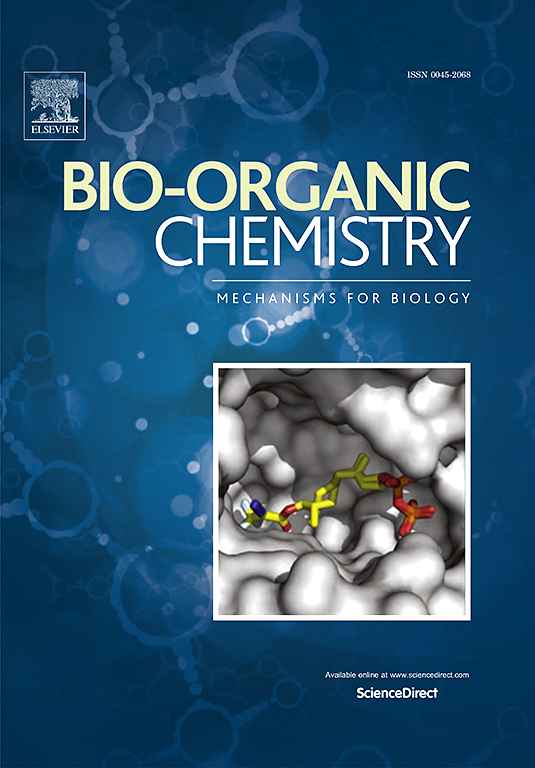Structure-based optimization of TEAD inhibitors: Exploring a novel subpocket near Glu347 for the treatment of NF2-mutant cancer
IF 4.5
2区 医学
Q1 BIOCHEMISTRY & MOLECULAR BIOLOGY
引用次数: 0
Abstract
The Hippo signaling pathway is critical for regulating cell growth, tissue homeostasis, and organ size. Dysregulation of this pathway has been associated with a range of pathologies, especially cancer, through its modulation of downstream effectors—Yes-associated protein (YAP) and the transcriptional coactivator with PDZ-binding motif (TAZ). These proteins bind to transcriptional enhanced associate domain (TEAD) proteins and function as transcription factors in the nucleus, producing oncogenic target genes such as CTGF and CYR61. TEAD proteins require palmitoylation via a covalent bond with cysteine in the central pocket to bind YAP/TAZ. Therefore, competitive inhibition that prevents palmitoylation could serve as an effective anticancer strategy. In this study, we analyzed the crystal structures of the known inhibitor VT-105 bound to TEAD3 to identify new binding spots that were previously unexplored, with the aim of discovering more potent compounds using structure-based drug design. Consequently, we identified a novel hydrogen-bonding site and discovered C-2, which effectively binds to this site, as confirmed by X-ray crystallography. Furthermore, C-2 exhibited stable pharmacokinetic properties and demonstrated impressive efficacy in a mouse xenograft model.

求助全文
约1分钟内获得全文
求助全文
来源期刊

Bioorganic Chemistry
生物-生化与分子生物学
CiteScore
9.70
自引率
3.90%
发文量
679
审稿时长
31 days
期刊介绍:
Bioorganic Chemistry publishes research that addresses biological questions at the molecular level, using organic chemistry and principles of physical organic chemistry. The scope of the journal covers a range of topics at the organic chemistry-biology interface, including: enzyme catalysis, biotransformation and enzyme inhibition; nucleic acids chemistry; medicinal chemistry; natural product chemistry, natural product synthesis and natural product biosynthesis; antimicrobial agents; lipid and peptide chemistry; biophysical chemistry; biological probes; bio-orthogonal chemistry and biomimetic chemistry.
For manuscripts dealing with synthetic bioactive compounds, the Journal requires that the molecular target of the compounds described must be known, and must be demonstrated experimentally in the manuscript. For studies involving natural products, if the molecular target is unknown, some data beyond simple cell-based toxicity studies to provide insight into the mechanism of action is required. Studies supported by molecular docking are welcome, but must be supported by experimental data. The Journal does not consider manuscripts that are purely theoretical or computational in nature.
The Journal publishes regular articles, short communications and reviews. Reviews are normally invited by Editors or Editorial Board members. Authors of unsolicited reviews should first contact an Editor or Editorial Board member to determine whether the proposed article is within the scope of the Journal.
 求助内容:
求助内容: 应助结果提醒方式:
应助结果提醒方式:


